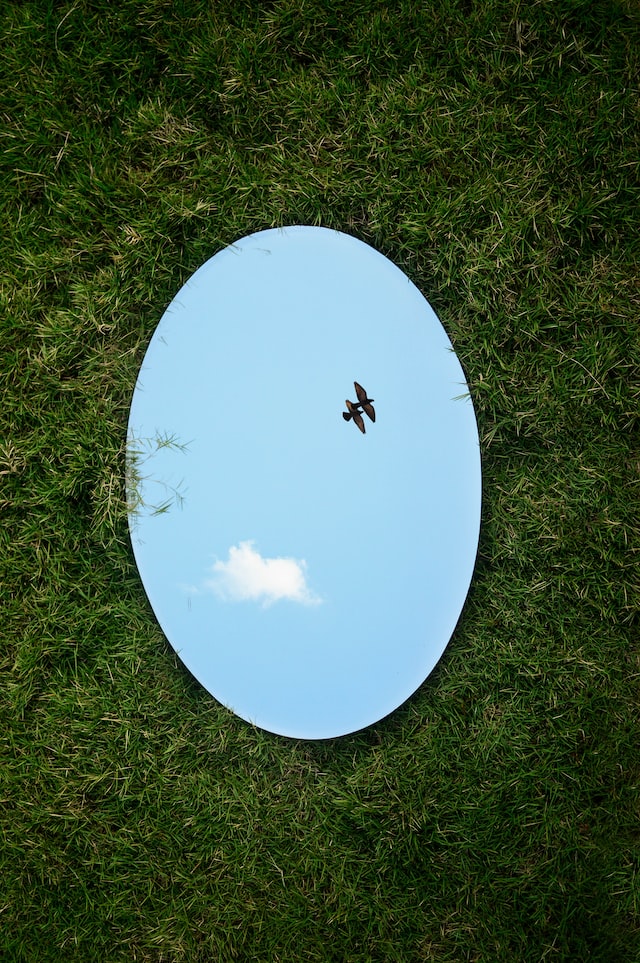
September 2022: The organizations of the Reform Movement have been deeply focused on ethics, including the CCAR’s own institutional work of t‘shuvah and repair. While t’shuvah – meaning repentance, but also return, and realignment – will be uniquely different for each organization, the CCAR has partnered with the URJ, HUC-JIR, ACC, ARJE, and the WRN in a joint Reform Movement opportunity for all of us across the Reform Movement to learn and grow together.
Along with our Reform Movement partners, we are sharing video resources below and a discussion guide to enhance your congregational, communal, or individual experiences during the High Holy Day season of reflection and repentance.
The videos feature a discussion between Rabbi Danya Ruttenberg, author of the forthcoming book, On Repentance and Repair: Making Amends in an Unapologetic World, and Rabbi Jill Maderer, Senior Rabbi of Congregation Rodeph Shalom, Philadelphia. Rabbi Mary Zamore, Executive Director of the Women’s Rabbinic Network (WRN), offers introductory remarks, followed by a musical interlude with cantors of the American Conference of Cantors. Rabbi Rick Jacobs, President of the Union of Reform Judaism; Rabbi Hara Person, Chief Executive of the Central Conference of American Rabbis; and Dr. Andrew Rehfeld, President of the Hebrew Union College-Jewish Institute of Religion also share remarks on the theme of t’shuvah.
In addition to the recording of the full program, the recorded interview between Rabbi Maderer and Rabbi Ruttenberg is available as a 32-minute video and as a collection of five shorter segments. A discussion guide accompanies the videos. The interview draws on the ideas Rabbi Ruttenberg raises in her book, On Repentance and Repair: Making Amends in an Unapologetic World (Beacon Press, 2022). These resources may be used in a variety of settings, such as a S’lichot study session, Yom Kippur afternoon study, board meetings, adult education programs, or book discussions.
__
The CCAR has been committed to doing the difficult work of examining the past in order to create a better future. We began the work of reenvisioning our Ethics System rigorously and in earnest in late 2020. Our intensive ethics work over the past year and a half has brought into sharper focus the ways in which our Conference has missed the mark. While this work is painful, it enables us to envision and create deep, meaningful, and long-lasting change. As the CCAR has heard from and continues to listen to and learn from the pain of survivors and all those impacted by rabbinic misconduct, we have been shaping our individual processes of repentance, repair, and rebuilding, and we are so grateful to all of those who shared their stories with us.
Our High Holiday liturgy teaches that the gates of t’shuvah are always open. We take this teaching seriously. The CCAR t’shuvah process is ongoing, multifaceted, and will unfold over the weeks, months, and years to come as the CCAR acknowledges the failings of the past, recognizes the pain of those impacted, seeks forgiveness, and continues to revise our Ethics Code and system. We have also been committed to keeping CCAR members and Jewish community updated on strategy, timelines, and significant milestones, and we will continue to do so. More on the CCAR Ethics System and updates can be found here.
This Reform Movement study opportunity is not itself an act of t’shuvah. As all of this crucial work continues within the Reform Movement, this study opportunity is a chance to expand our collective knowledge about repentance that is so central to the Jewish belief system.
As we strive to learn more about t’shuvah and explore all the ways to seek forgiveness and create true and meaningful repair for the future, may we be able to engage with a whole heart in the process of t’shuvah. And may we continue to bring ourselves ever closer to God, to each other, and to a more perfect world.
VIDEOS
- On Repentance and Repair: A Reform Movement Program (47:35) | Transcript
- Introduction by Rabbi Mary Zamore (5:33) | Transcript
- Full Interview with Rabbi Danya Ruttenberg and Rabbi Jill Maderer (31:36) | Transcript
- What Is T’shuvah? (8:14) | Transcript
- Institutional T’shuvah (5:48) | Transcript
- Confession and Starting to Change (3:19) | Transcript
- Amends, Apology, and Making Different Choices (8:22) | Transcript
- Forgiveness (5:02) | Transcript
- Reflections from CCAR, URJ, and HUC-JIR Leadership (7:47) | Transcript
DISCUSSION GUIDE
On Repentance and Repair: A Reform Movement Study and Discussion Guide (PDF)